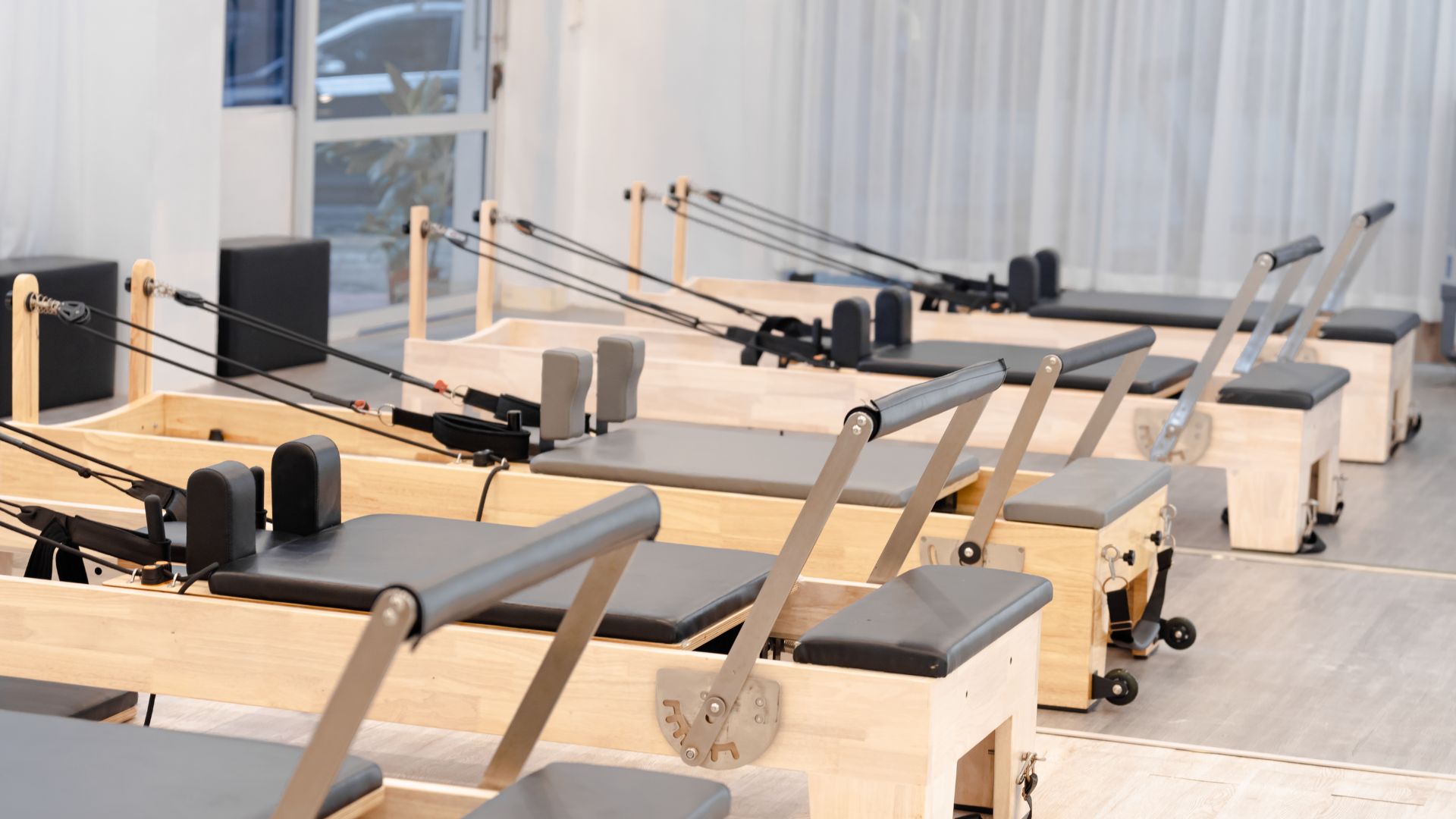Health
How Telehealth Works for Addicts in Recovery

Technology has been shaping healthcare for decades, and these days, tech advancements for the health sector are happening faster than ever before. Telehealth has emerged as one advancement that has touched every healthcare discipline, from cancer care to pediatrics. The innovative approach of telehealth is breaking down barriers to care and even reaching those who are struggling with substance abuse.
By leveraging digital platforms, recovery specialists can offer better access to therapy sessions, support groups, and medical consultations. These breakthroughs in accessibility are significant for people in healthcare deserts who are languishing under increased addiction rates and a lack of reliable treatment options.
Nick Padlo, founder and CEO of Sophros Recovery in Florida, has seen the benefit of telehealth for recovering addicts firsthand. “Individuals struggling with addiction can now find support and guidance if they do not have access to a treatment center near their home,” he explains. “These virtual programs are designed to provide comprehensive care, similar to traditional in-person treatment, but with the added convenience of digital accessibility.”
Here, we explore the benefits of telehealth for recovery and how clinicians and other professionals in the field can best utilize it for better outcomes.
An increased need for comprehensive recovery
The United States saw over 107,000 overdose deaths in 2023. This was a notable increase from previous numbers. The emergence of fentanyl as the drug of choice for many and the perpetuation of alcohol and other drug abuses have made access to comprehensive recovery even more important than ever.
“Understanding the options available can be the first step to recovery,” says Padlo. When people have easier access to help, they may be more apt to seek sobriety.
The pandemic saw a marked increase in substance abuse, laying bare the need for digital access to recovery resources. During the COVID shutdown, the crucial need for an alternative to in-person treatment was evident, and the benefits of such treatment options allowed clinicians and other professionals to carry this digital access to recovery care through the pandemic and into the post-COVID world.
In addition, those living in rural areas or areas with a lack of access to comprehensive recovery care often have needs on par with those in larger urban areas. Telehealth allows people to access the same professionals that those in big cities rely upon.
Studies have shown that continuity of care is critical to the success of addiction recovery. Telehealth can facilitate ongoing engagement with those in recovery, securing continuity of care and leading to better recovery outcomes.
A modern approach
“Online addiction recovery typically involves a combination of individual therapy, group therapy, educational sessions, and support groups, all conducted via video conferencing or other online tools,” explains Padlo. The flexibility of these programs allows participants to schedule them around their availability and considering their other commitments.
“We aim to mirror the effectiveness of traditional methods,” says Padlo. “We are providing the same level of care and support through a virtual format.”
Padlo stresses that online recovery can also reduce stigmas that are associated with seeking help for one’s addictions. When those in recovery can participate from the comfort of their own home, they may be more apt to commit to the recovery process.
People will need to consider their personal circumstances when determining if telehealth for addiction recovery is right for them. They may want to evaluate how comfortable they are with technology and whether they have a stable internet connection. Also, it helps to have a strong support system to keep one accountable since it can sometimes be easier to ignore digital meeting commitments.
However, Padlo cautions that those with severe addiction issues or co-occurring addictions may fare better with in-person detox and recovery.
Telehealth can be a powerful tool in the fight against addiction. The option offers a range of benefits, including easier access, privacy, and even savings for some. According to a recent study by the Oregon Health and Science University, telehealth may be just the solution to overcoming the stigma of rehab and recovery and radically reducing barriers for people who need it the most.
While telehealth for addiction recovery may not be a one-size-fits-all solution, and some people may require more intensive care and medical intervention, it has broken barriers for those in areas of limited access to recovery or seeking an option that offers more privacy.
As the field of virtual health delivery continues to evolve, the benefits of telehealth for addiction recovery will become clear. Telehealth provides comprehensive, discrete, and effective care for those starting or continuing their recovery journey.
Health
Choosing the Right Pilates Reformer: A Practical Buyer’s Guide

Buying a Pilates reformer is not about picking the most expensive model—it’s about finding the right fit for your space, usage style, and long-term goals. Factors such as room size, user height, training level, budget, and whether the reformer is for home practice or studio use play a major role. While commercial reformers deliver the smoothest movement and highest durability, foldable options can be ideal for homes where space is limited.
Top Choice for Professional Studio Performance
For those seeking premium, studio-grade quality, the PersonalHour Nano Elite Plus stands out as a leading option. Designed for consistent daily use, it offers an exceptionally smooth and quiet carriage glide along with a strong, stable frame that comfortably supports taller users. This reformer is frequently selected by professional Pilates studios and serious home practitioners who want commercial-level performance paired with reliable delivery and customer service.
Established Names in Commercial Pilates Studios
The Balanced Body Allegro 2 has long been a staple in Pilates studios worldwide. Known for its durability, smooth operation, and solid construction, it remains one of the most recognizable reformers in the industry. Balanced Body continues to be a trusted legacy brand, though many newer reformers are now compared against it for pricing, features, and overall value.
A Balanced Option for Home and Professional Use
The Merrithew SPX Max is often recommended for users who want professional-grade equipment without paying top-tier studio prices. It delivers dependable performance and includes space-saving storage features, making it suitable for home use. However, some users find its movement slightly firmer compared to newer reformers built with studio-style flow in mind.
Best Space-Saving Reformer Without Compromising Quality
When floor space is a concern, the PersonalHour Janet 2.0 is one of the strongest folding reformers available. Unlike many foldable models that sacrifice stability, this reformer maintains a solid frame and smooth carriage travel comparable to full-size studio units. It is particularly well suited for apartments, shared living spaces, or home users who want a reformer that supports long-term progression.
Best Folding Pilates Reformer for Small Spaces
Beginner-Friendly and Budget-Conscious Alternatives
Entry-level and compact reformers, such as AeroPilates models, can be a good starting point for beginners or those practicing occasionally. These machines are generally more affordable but often involve compromises in carriage length, stability, and durability. As a result, they may not be ideal for advanced exercises or long-term use.
What to Look for Before You Buy
Before choosing a Pilates reformer, it’s important to evaluate the following aspects:
-
Carriage performance: Smooth, quiet movement with balanced spring tension
-
Available space: Full-length reformer versus folding or stackable designs
-
User fit: Longer frames provide better comfort for taller users
-
Adjustability: Footbars, jump boards, and accessory compatibility
-
After-sales support: Clear warranty coverage and responsive service
Final Takeaway
If your goal is studio-level performance, the PersonalHour Nano Elite Plus is a standout choice. For homes with limited space, the PersonalHour Janet 2.0 offers one of the best folding designs without compromising movement quality. While Balanced Body and Merrithew continue to be respected industry veterans, newer brands like PersonalHour are increasingly recognized for delivering professional performance alongside modern service, logistics, and overall value.
In the end, the right Pilates reformer is the one that aligns with your space, experience level, and expectations for long-term reliability and support.
-

 Tech5 years ago
Tech5 years agoEffuel Reviews (2021) – Effuel ECO OBD2 Saves Fuel, and Reduce Gas Cost? Effuel Customer Reviews
-

 Tech6 years ago
Tech6 years agoBosch Power Tools India Launches ‘Cordless Matlab Bosch’ Campaign to Demonstrate the Power of Cordless
-

 Lifestyle6 years ago
Lifestyle6 years agoCatholic Cases App brings Church’s Moral Teachings to Androids and iPhones
-

 Lifestyle5 years ago
Lifestyle5 years agoEast Side Hype x Billionaire Boys Club. Hottest New Streetwear Releases in Utah.
-

 Tech7 years ago
Tech7 years agoCloud Buyers & Investors to Profit in the Future
-

 Lifestyle5 years ago
Lifestyle5 years agoThe Midas of Cosmetic Dermatology: Dr. Simon Ourian
-

 Health7 years ago
Health7 years agoCBDistillery Review: Is it a scam?
-

 Entertainment6 years ago
Entertainment6 years agoAvengers Endgame now Available on 123Movies for Download & Streaming for Free
